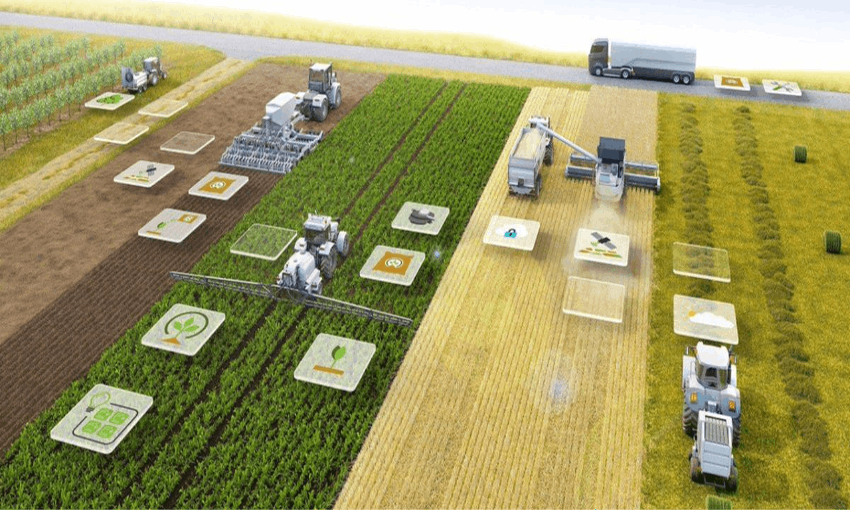
The evolution of agriculture in the 21st century
What do precision agriculture, agriculture 4.0, smart agriculture and digital agriculture mean?
In the agricultural environment, we often hear about precision agriculture, agriculture 4.0, smart agriculture and digital agriculture, and many think they are just different synonyms to indicate the same thing, but in reality, they have very specific meanings; And you, do you know the differences between these four terms? Let's find out together by giving some definitions...
With precision agriculture, we mean a management strategy integrated with the workings of a farm, which, making use of modern instruments, aims at carrying out agronomic interventions that consider the actual cultivation needs and the biochemical and physical characteristics of the soil of its property. It is achieved thanks to integrating different sciences (agronomy, geology and chemistry) and technologies (Farm Management Information Systems, ISOBUS, assisted or automatic driving systems, section control, GNSS) and, contrary to what many think, it does not require any remote connectivity of machines and/or systems to the cloud.
Agriculture 4.0 has as its main requirement in the interconnection between machines and/or systems with cloud services and their integration in terms of information flow. Agriculture 4.0 does not concern strategies but technologies for connectivity and the transmission of information.
The term smart agriculture indicates a strategy that is able to use large amounts of information to adapt and optimize, even in real time, every single operation carried out on the farm or in the field.
By digital agriculture, on the other hand, we mean the use of information in digital format obtained from machines and/or systems capable of generating, processing and using such data.
What are the differences between the various types of tractor driving?
The various nuances of the term Agriculture go hand in hand with the various declinations of tractor driving and of the two most important maps in the agricultural field, the prescription map and the application map. Here too, in the sector, there is a bit of confusion; let's try to clarify...
If a tractor has assisted manual driving, it means that it is equipped with a system which, using GNSS position information, provides the operator with indications on the direction corrections to be made in order to follow correctly a series of previously pre-set driving paths.
The tractor with automatic driving represents an evolution of the tractor with assisted manual driving as, thanks to actuation systems installed on the machine, actions are carried out automatically on the steering of the tractor, with no intervention by the operator. However, this type of agricultural machinery requires the presence of an operator in the cab who is mostly responsible for making safety decisions (it is one of the enabling technologies for precision agriculture).
The further evolutionary step is represented by the self-driving tractor, a tractor with the ability to drive completely autonomously even without supervision on board. The technology behind this type of tractor involves the use, besides extremely precise GNSS, of perception systems for detecting obstacles and the entire surrounding environment.
What are the differences between the prescription map and the application map?
On any of the three previous types of tractors, the following can be applied:
- Prescription maps, they are maps that derive from the agronomic analysis of the terrain, which are generated with Farm Management Information Systems software and which are then used to carry out operations in order to optimize treatments (for each area of the field, each with own characteristics, a modality and a specific amount of treatment is then assigned);
- Application maps, they result from a process performed using prescription maps and contain geo-referenced information relating to the effective way in which the operations were carried out.

